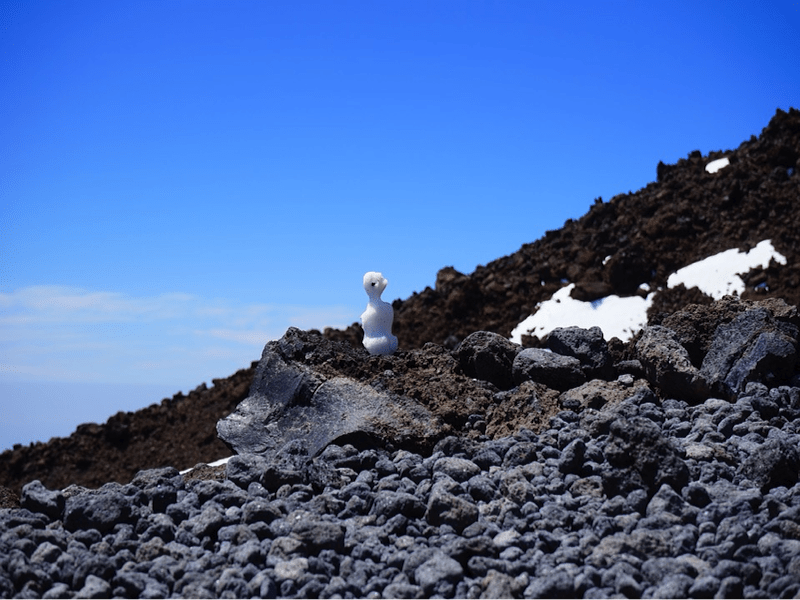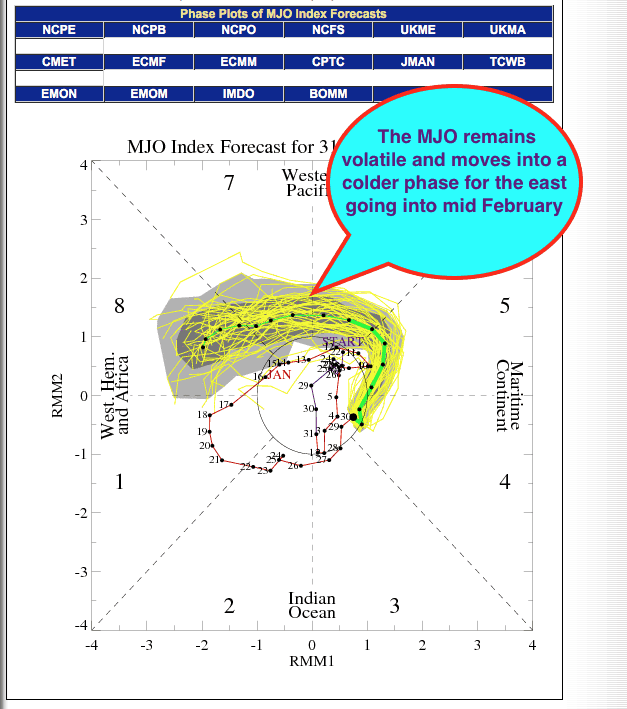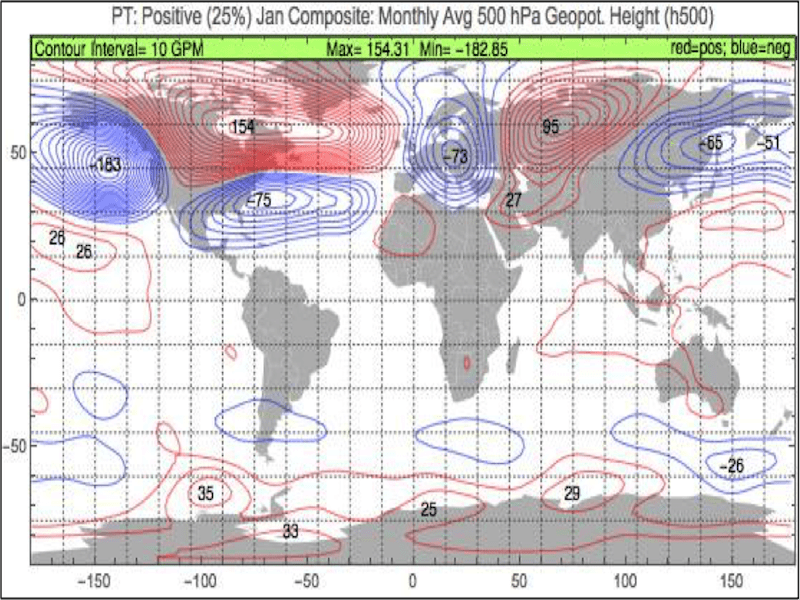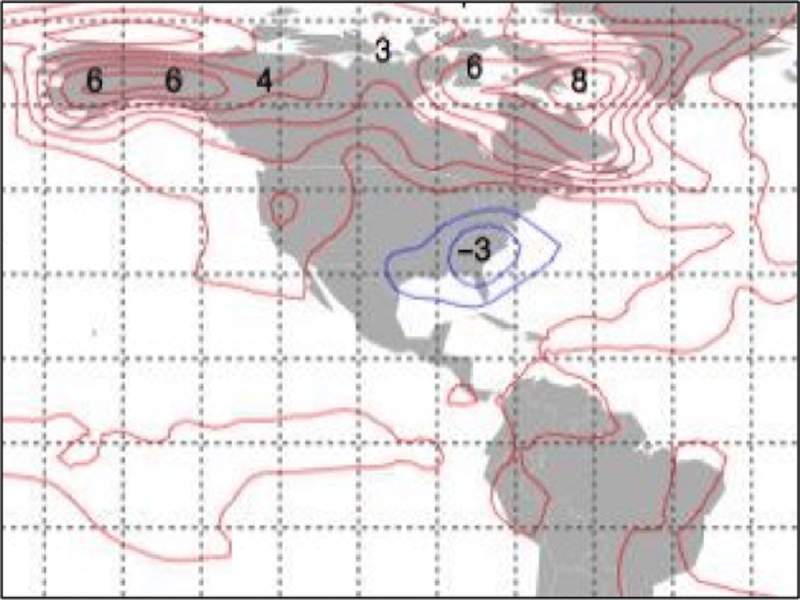KEY POINT–A January thaw has pressured natural gas prices. What did Climatech suggest using January teleconnections? Climatech exploits several little known teleconnection in its analysis. The Pacific Transition (PT) pattern is a rotated empirical orthogonal function that is typically only used in August and September. However, Climatech utilizes this teleconnection all year round. Below you will see how this index mostly predicted a warm January ( 500mb heights; winds at 18.000 feet). It is this teleconnection that has been responsible for a much warmer winter forecast than most models have suggested, for weeks, for key U.S. natural gas areas. This has helped to pressure natural gas prices, in a very volatile, winter market. However, other teleconnections such as the MJO portend a potential colder mid-late winter in the eastern U.S. Hence, it is possible the Pacific Transition Index could turn negative eventually and being influenced by the MJO. If so, colder, eastern U.S. weather will occur. The Pacific Transition forecast (shown below) does suggest warmer Midwest and Western risks heading through February, with the biggest risks for cold February weather in much of Europe. The occasional colder eastern U.S. weather, combined with cold in eastern Europe and especially Russia could increase demand for heating heading into late winter. -JIM ROEMER
The MJO
THE PACIFIC TRANSITION INDEX PATTERN FOR JANUARY AND FEBRUARY USING CLIMATECH
The Pacific Transition in January below normally shows a big trough (blue) off the west coast of California, which was responsible or the huge snows and easing drought out west. Notice the red warm anomaly for much of U.S. natural gas areas most of this month of January.
Below, the preliminary January PT value is +1.26. This is in the top 20% of all PT Januarys going back to 1949. Using this, we forecast February temperatures. The temperature composite below favors overall warmer than normal temperatures in the United States. However, the MJO could eventually influence this index to change. If so, colder late winters risks may affect U.S. natural gas areas. The greatest risk for February, for colder weather (see blue below) is over parts of the East and southeast.
This signal for warmer weather forecasts lower demand for natural gas, especially in New England and Midwest. However, a cold shot, first in early February will keep the volatility in the natural gas market. The MJO going into phase 7-8 by mid February and eventually phase 1 or 2 by March could cause the Pacific Index to change to negative. If so, colder late winter risks may occur, especially by March.















